Ball Mills vs Rod Mills | How To Choose Ball Mill or Rod Mill
Both ball mills and rod mills play important roles in grinding materials, but there are multiple significant differences between them. In this article, the similarities and differences between ball mills and rod mills are analyzed from 9 aspects, and suggest how to choose ball mill or rod mill.
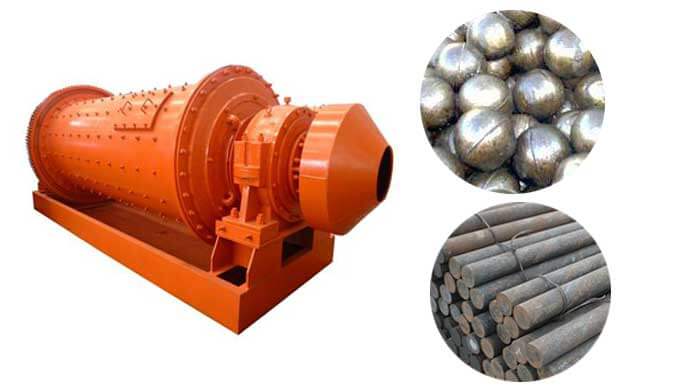
Ball Mills vs Rod Mills
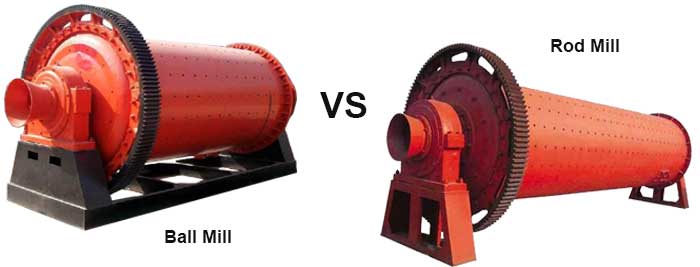
1. Shape and Structure
The ratio of cylinder length to diameter of rod mill is generally 1.5-2.0, and the inner surface of liner plate on end cover is vertical plane. In most cases, the ratio of the length to the diameter of the ball mill is only slightly greater than 1. In addition, with same specificationthe, the cylinder rotating speed of the rod mill is lower than that of the ball mill.
The rod mill usually uses 50-100mm diameter steel rod as grinding medium, while the ball mill uses steel ball as grinding medium. The length of steel rod is 25-50mm shorter than the cylinder, and it is usually made of high carbon steel with carbon content of 0.8% – 1%; the loading capacity of rod is about 35% – 45% of the effective volume of rod mill.
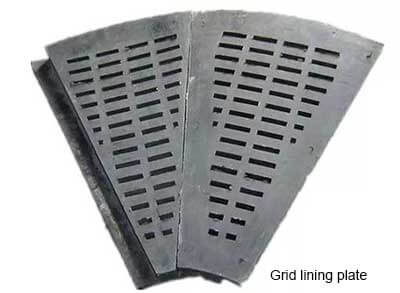
2. Ore Discharge Types
In the ball mill, there are lattice ball mill and overflow ball mill in common use (named by different ore discharge structure), while there are only overflow type and open type rod mill. Generally, with the same specification, the diameter of the hollow shaft at the ore discharge end is larger than that of the ball mill.
3. Grinding Medium
50-100mm steel rod is usually used as grinding medium in rod mill, while steel ball is used as grinding medium in ball mill.
The steel balls are in point contact with each other, and the steel rod of rod mill is in line contact with each other, so their working features are obviously different.

4. Medium Filling Rate

Medium filling rate refers to the grinding medium percentage in the mill volume. For different grinding methods, mill structures, medium shapes and operating conditions, the medium filling rate has a available range. Generally, the filling rate of ball mill is 40% – 50%, and that of rod mill is 35% – 45%.
5. Fineness of Product
The discharging fineness of the material milled by ball mill is between 0.074-0.4mm, and that of the material milled by rod mill is between 0.833-0.147mm.
6. Running Cost
The power consumption of the ball mill is slightly higher than that of the rod mill, and the wear rate is also higher than that of the rod mill. The daily maintenance requires constant addition of a certain amount of steel balls, while the rod mill only needs to be inspected and replaced in a period of time.
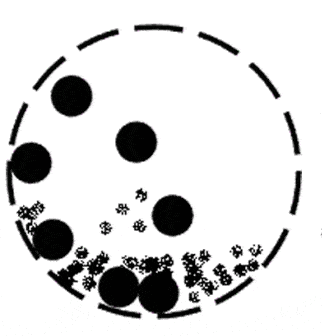
7. Performance Aspects
The product of the rod mill is rough, but the particle size is uniform, coarse particles and slime are less, the over-pulverization is lighter.
The ball mill has high production capacity, strong adaptability, fine discharge particle size, easy for fine grinding, but its over-pulverization is serious.
8. Stability Aspects
During the operation, the ball mill has no inertia impact, which ensures the safe and efficient operation of the equipment, reduces the downtime, and improves the production efficiency.
9. Application Aspects
In the second stage grinding process, the rod mill is generally used as the first stage grinding equipment, which has large production capacity and high efficiency.
In the treatment of soft or not too hard ore, rod mill can instead the short head cone crusher for fine crushing, which is not only simple in configuration, but also low in cost.
However, due to the more fine after grinding of ball mills, it is prone to over-pulverization, which is not suitable for the re-selection in metal processing.
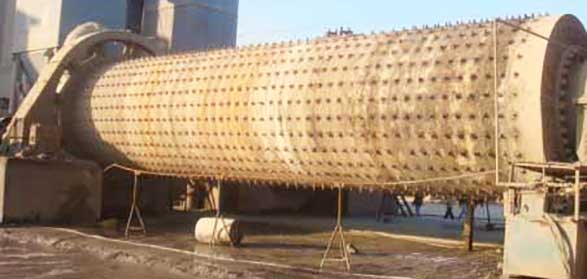
How To Choose Ball Mill or Rod Mill
Generally, users can choose ball mill or rod mill on base of their raw materials, product size and properties of the equipments.
1. According to Ore Properties
To a great extent, the hardness and granularity of ore will affect the selection of grinding equipment. Some ores with dense structure, small crystal and high hardness are difficult to grind. Therefore, a longer grinding time, a harder grinding medium and a larger grinding capacity are required in the grinding process.
For example, rare metals such as tungsten ore and tin ore have a Mohs hardness of 5.5-12 and are relatively brittle. They are often re-selected or magnetic separated by rod mills.
The ball mill has strong adaptability to materials and is suitable for grinding hard materials, such as aluminum ash, lime, slag, molybdenum ore, etc.
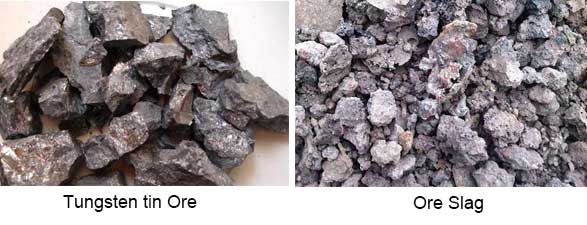
2. According to Granularity Properties
Rod mill adopts high carbon steel rod with carbon content of 0.8% – 1% and diameter of 50-100 mm as grinding medium. In the grinding operation, most of the coarse particles are ground first, and a small part of the fine particles are ground. Therefore, the products of rod mill are rough, uniform in texture, excellent in particle shape and high qualified rate of products.
Ball mill uses steel ball as grinding medium. Because the steel ball is in point contact with the ore, the grinding products are of high fineness, and the particle size of the products is relatively fine, which is prone to over grinding, so ball mill is not suitable for the re-selection production line in ore dressing.
In coarse grinding, when the product size is 1-3mm, the processing capacity of the rod mill is greater than that of the ball mill(usually the feed size of rod mill is 15-23mm).
In fine grinding, when the product size is < 0.5mm, the grinding effect of the ball mill is greater than that of the rod mill(The feeding particle size of ball mill is generally 5-25 mm).

3. According To Mill Properties
It is necessary to design the layout plan of the grinding workshop for concentrator in advance, so it should be considered whether it can meet the installation conditions of the mill. The cylinder of the rod mill is long cylinder type, and the cylinder of the ball mill is cylinder type or cone type.
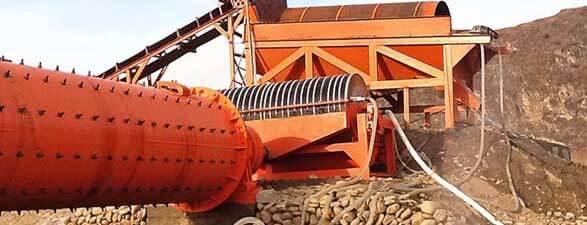
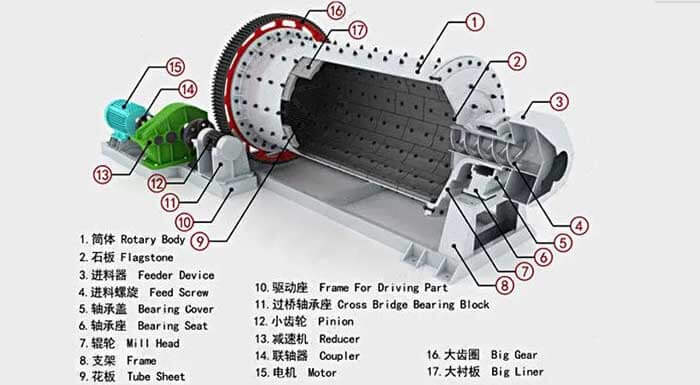 Ball Mill | Working Principle | Ball Mill Types
Ball Mill | Working Principle | Ball Mill Types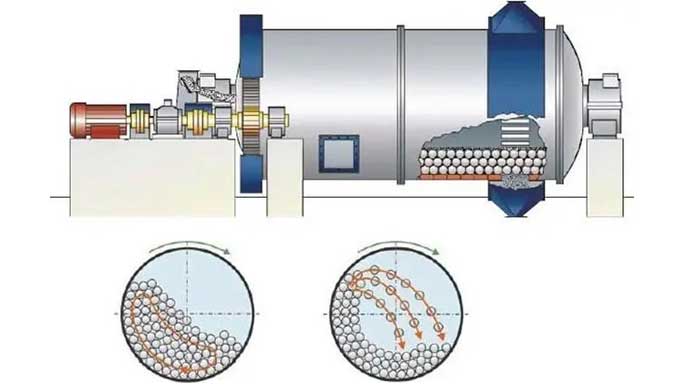 14 Types of Ball Mill Troubleshooting and Solutions
14 Types of Ball Mill Troubleshooting and Solutions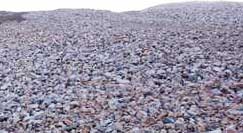 Industrial Solid Waste Recycling [ Slag ]
Industrial Solid Waste Recycling [ Slag ]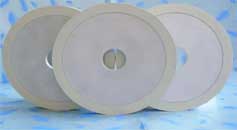 20+ Grinding Wheel Types | How To Choose
20+ Grinding Wheel Types | How To Choose

